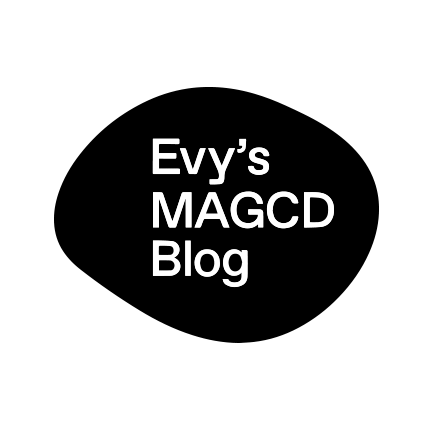This week, I want to start with a reflection on the Languages 3 workshop, as it prompted deep reflection on the nature of my work and the intricate interplay between cultures through translation. Through a focused exercise, we developed a syllabary to translate specific words from Spanish rooted in the South American Quechua Indigenous language. Drawing inspiration from traditional Quechua textiles and crafts, we transformed patterns and symbols into the most prevalent sounds in the Quechua language. This exploration sparked an interest in visually representing sounds through tangible shapes derived from local culture, diverging from the conventional use of the Latin alphabet.
Through this exercise, I reflected on my previous approach to translating memories between languages and contemplated alternative methods for visually representing orality.
- Are there any other ways to visually translate orality which I haven’t explored?
- Why is orality central to translation and how does it differ from visual communication?
- What happens when oral communication turns visual?
- What if the relationship between recording oral communication and the development of alphabets for the preservation of culture and history?
As we examined the concept of legitimacy of words, I became increasingly aware of the gap between the “official” language, influenced by institutions like the Royal Spanish Academy of Language, and the language of everyday people or ‘vernacular’, full of nuances that reflect local culture, social standing, and identity. This realisation spurred me to consider the potential of my final project to further explore these gaps.

This process prompted me to refine my project, as I have started to visualise the nature of my enquiry with more clarity in my pursue of understanding graphic design as a catalyst for creating spaces of dialogue around non-material culture such as language and oral history. I refine my project from a wider concept of memory into something more culturally based and relevant to my own history. I will be exploring ‘Hungry Sayings’ from Colombia, as an initial step to tap into this idea of exploring orality through graphic communication design in a focused way.

At this point, I started collecting some relevant visual materials pointing towards the ‘phrase book’ as a potential medium to explore in connection to the subject and endangered publishing formats. Although this is not set in stone, I find the language of these printed materials quite enticing and unique. Also, the way phrases and information are categorised could be relevant to my own curation.
I have also started collecting a list of ‘Hungry Sayings’ their literal translations and meanings, which has given me plenty of content to start working on the illustrations and thinking about how it can all come together more effectible.



Notes from tutorial Feedback
Some really interesting feedback from our second tutorial which has really helped me to focus my ideas and keep moving forward. The theme of hungry sayings was overall we received and shows a lot of potential. There’s room to explore the medium and how the textual content I’ve collected can be translated into something engaging that creates space for intercultural communication.
- There is an element of hidden meaning that makes the audience to look at the relationships in their own language.
- Create a space to facilitate the nuance of these terms, perhaps exploring ways of illustrating and bringing up those nuances.
- Maybe explore depicting the absurdity of the phrases?
- This project stands as a hub of discourse. The object itself can be a hub of intercultural communication, so consider if the phrase book is the best format or if there are any other mediums that could work better in this context.
- Let the central enquiry define the form of the project as opposed to forcing it into a certain medium.
- Why is graphic design the right set of approaches to deal with this subject?
- Think about the mobility of these things. How does people engage with the object and the content?
